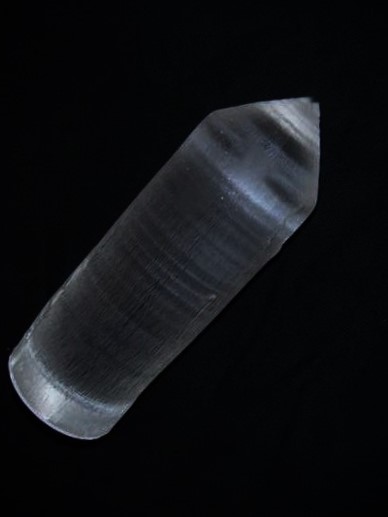
Bismuth Germanate
Bi4Ge3O12
A relatively hard, high density, non-hygroscopic crystal with good gamma ray absorption. Often used for PET imaging and high energy physics applications as Compton shields.
Download PDF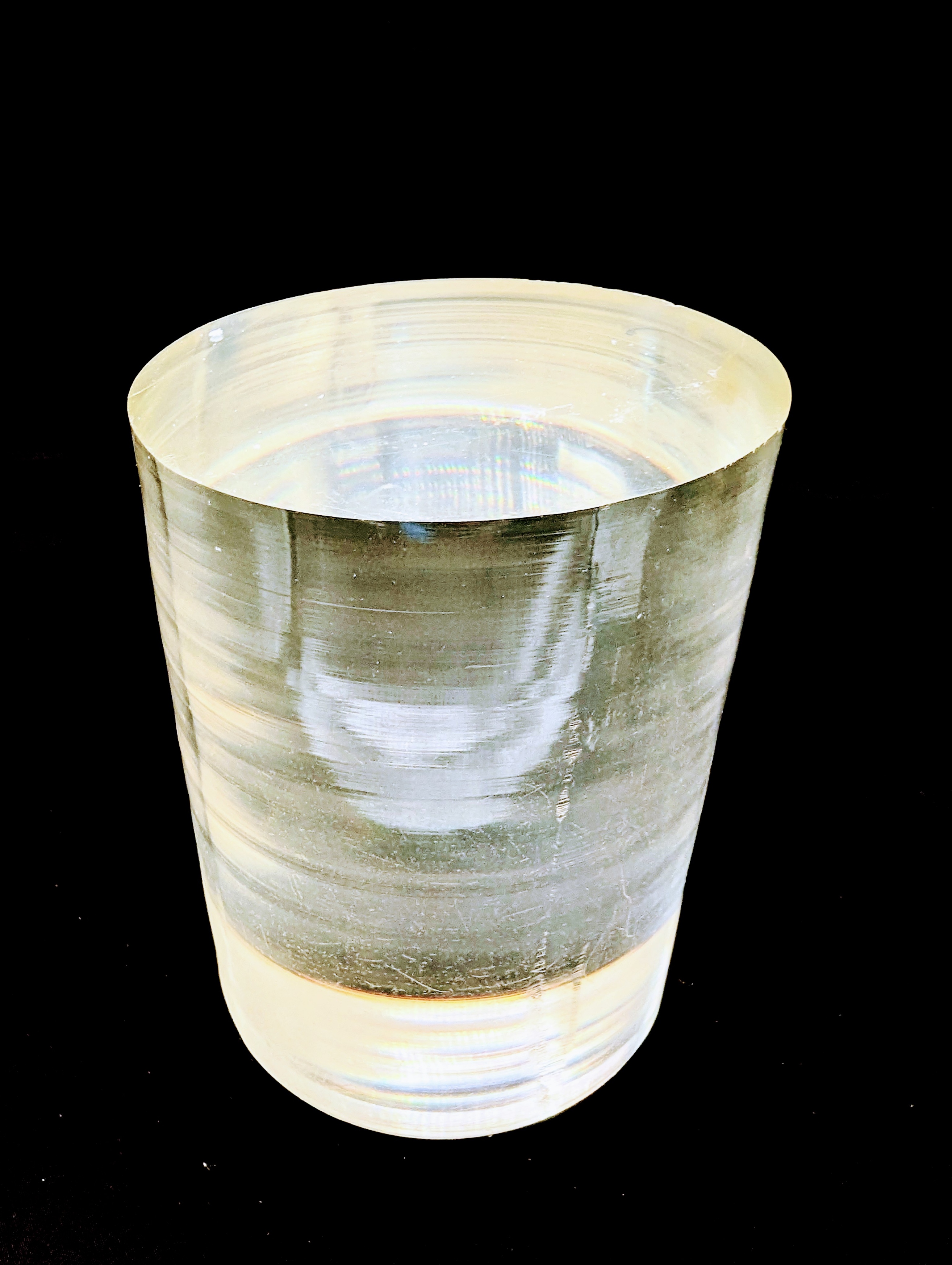
Cadmium Tungstate
CdWO4
A non-hygroscopic scintillator offering good light yield. Often used for CT applications. High radiopurity and low background.
Download PDF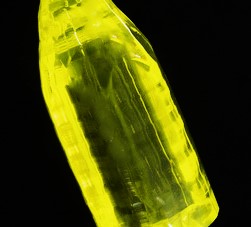
Cerium-doped Yttrium Aluminium Garnet
YAG(Ce)
Widespread application as a non-hygroscopic crystal with application for low energy and particle detection.
Download PDF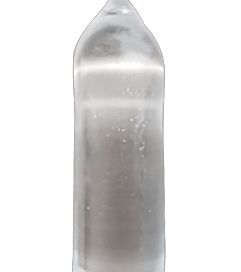
Cerium-doped Yttrium Aluminium Perovskite
YAP(Ce)
Widespread application as a non-hygroscopic crystal with application for low energy and particle detection.
Download PDF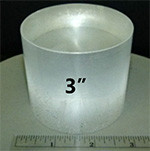
CLYC
Cs2LiYCl6(Ce)
CLYC offers good Pulse Shape Discrimination (PSD) for neutron detection and better gamma-ray resolution than NaI (Sodium Iodide) or CsI (Cesium Iodide) making CLYC an ideal solution for several classes of handheld instruments, including Personal Radiation Detectors aka PRDs.
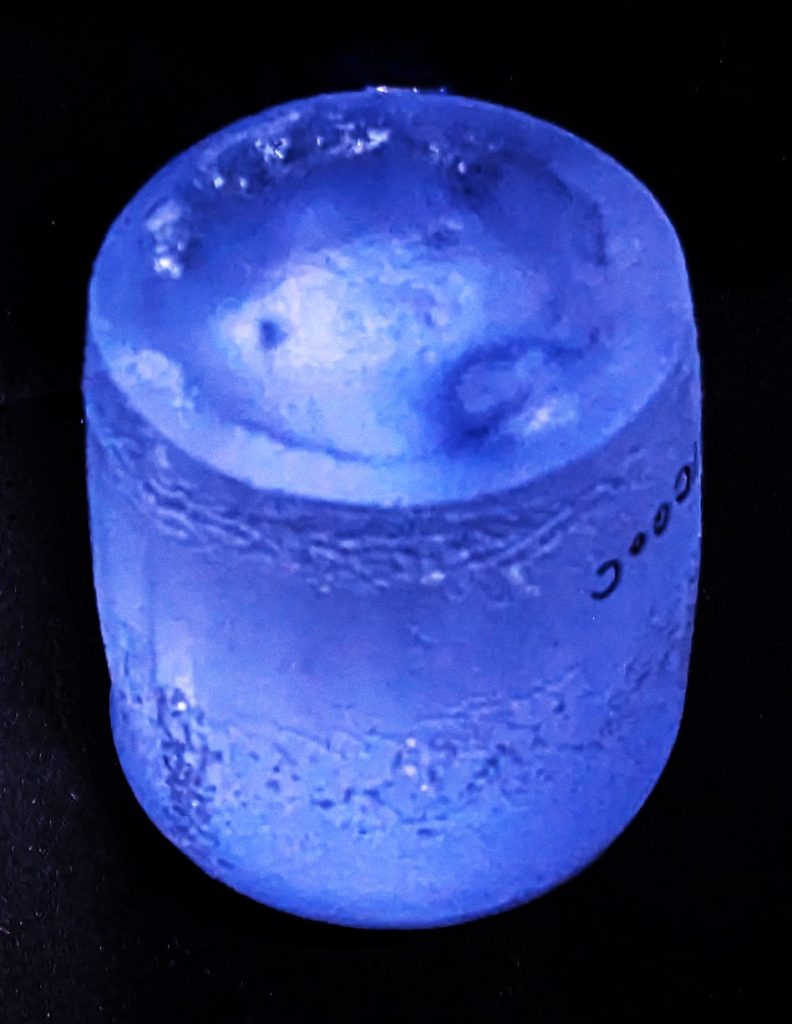
Europium doped Calcium Fluoride
CaF2(Eu)
Widespread application as a non-hygroscopic crystal with application for low energy and particle detection.
Download PDF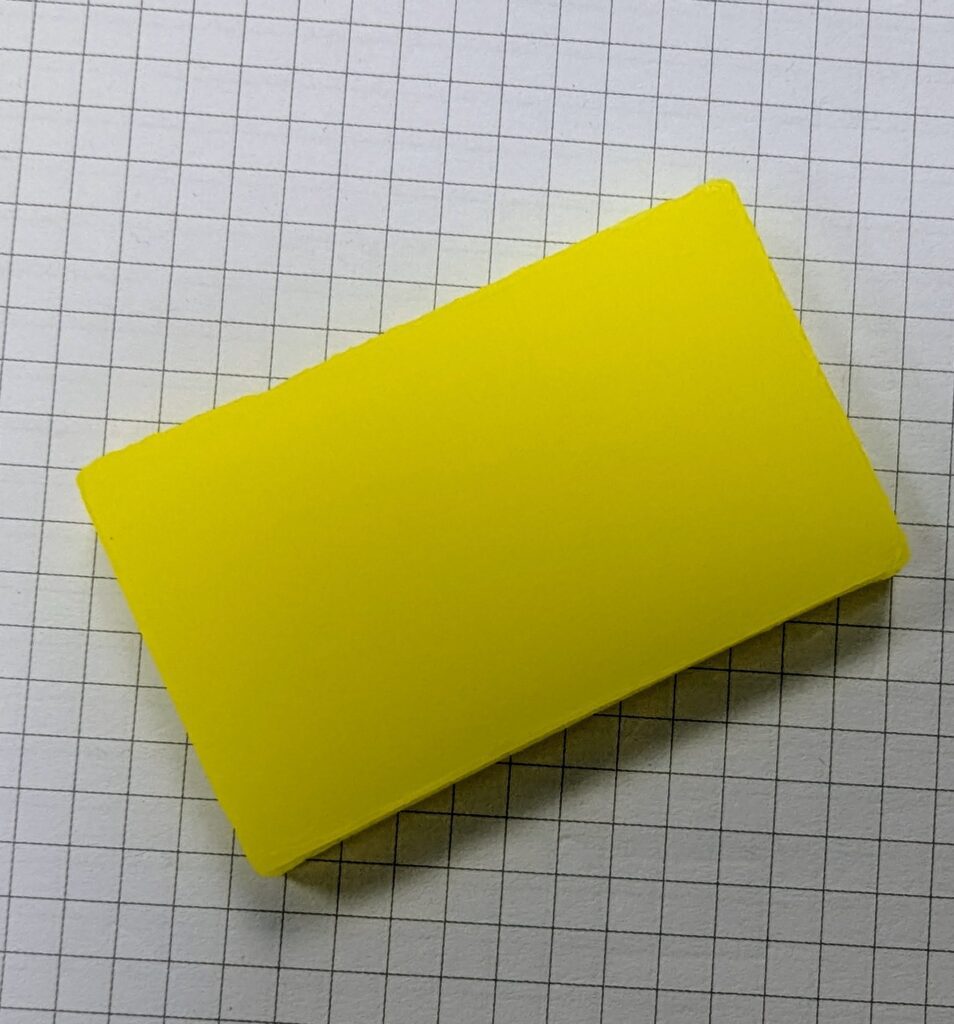
Gadolinium Aluminium Gallium Garnet
Gd3Al2Ga3O12
GAGG is a single crystal scintillator, offering Good light output, good energy resolution and fast decay time. Typical applications include gamma medical spectroscopy and medical imaging.
Download PDF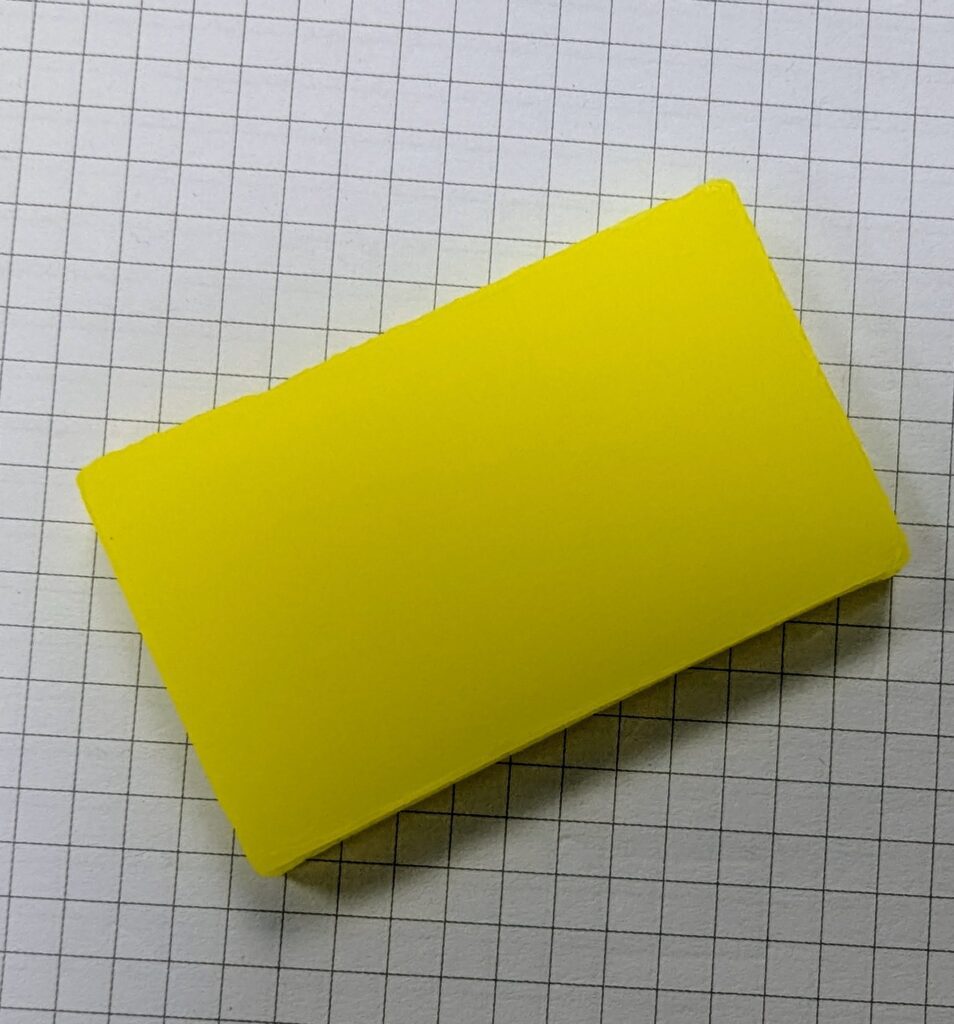
Gadolinium Gallium Aluminium Garnet
Gd3Ga3AL2O12
GGAG is a ceramic scintillator offering high performance, high strength and stability. Good light output, energy resolution and fast decay time. Typical applications include high definition scanning and medical imaging systems
Download PDF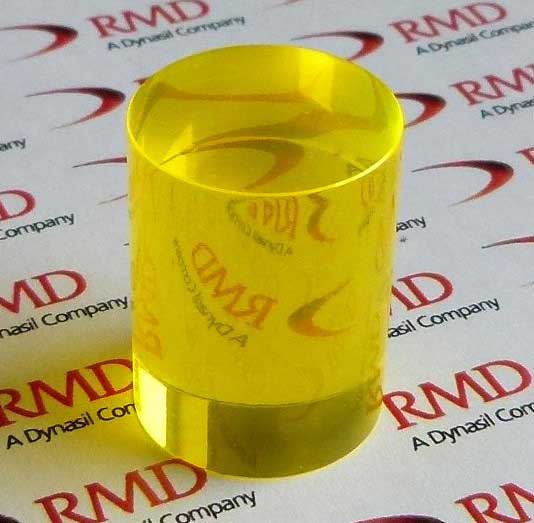
GLuGAG
(Gd,Lu)3,(GaAl)5,O12(Ce)
Supplied as a sintered ceramic the material has high light yield and low afterglow.
Download PDF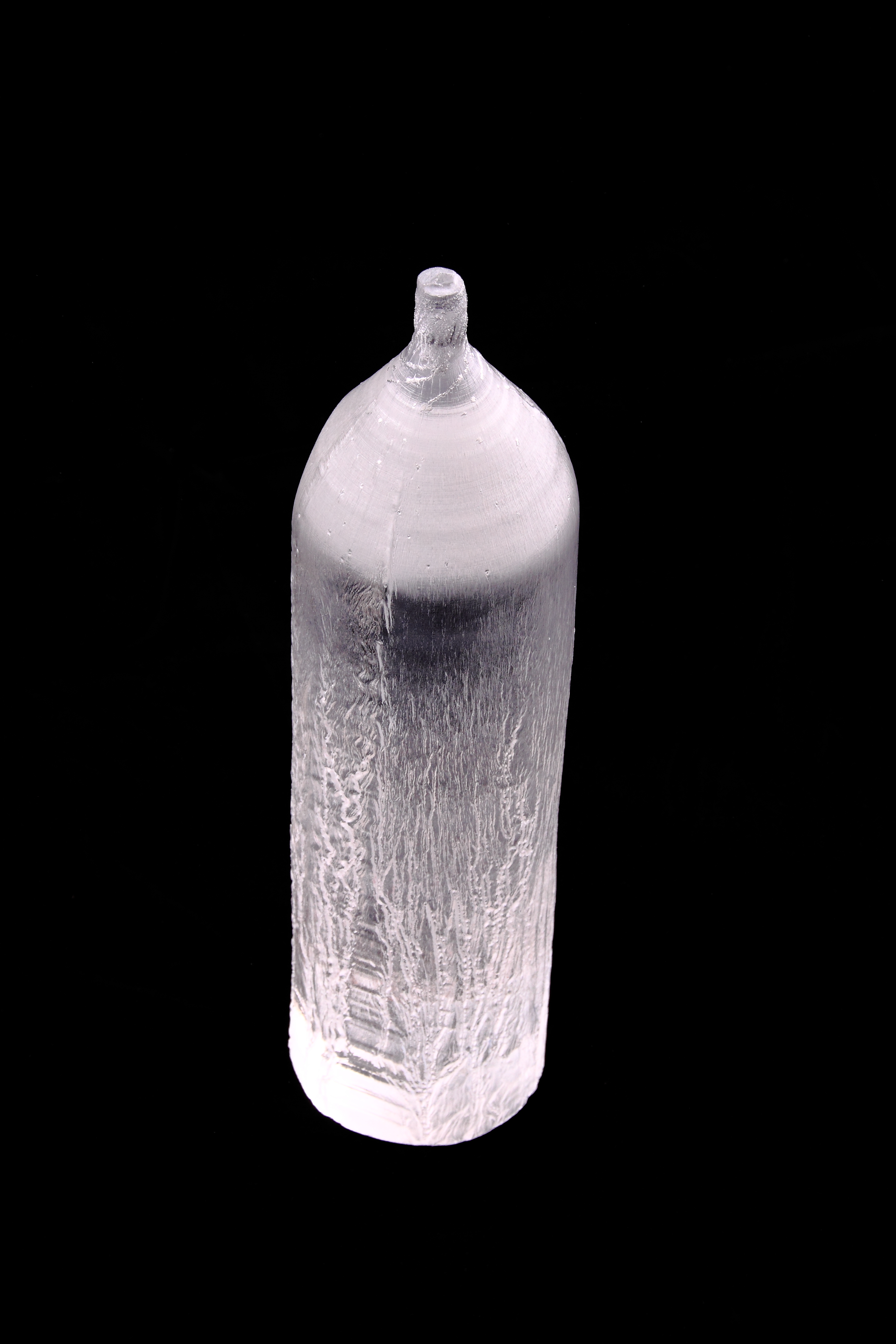
Lutetium Yttrium Oxyorthosilicate
LYSO(Ce)
A non-hygroscopic scintillator that is both bright and fast. Finds application where fast timing is needed such as PET and TOF PET.
Download PDF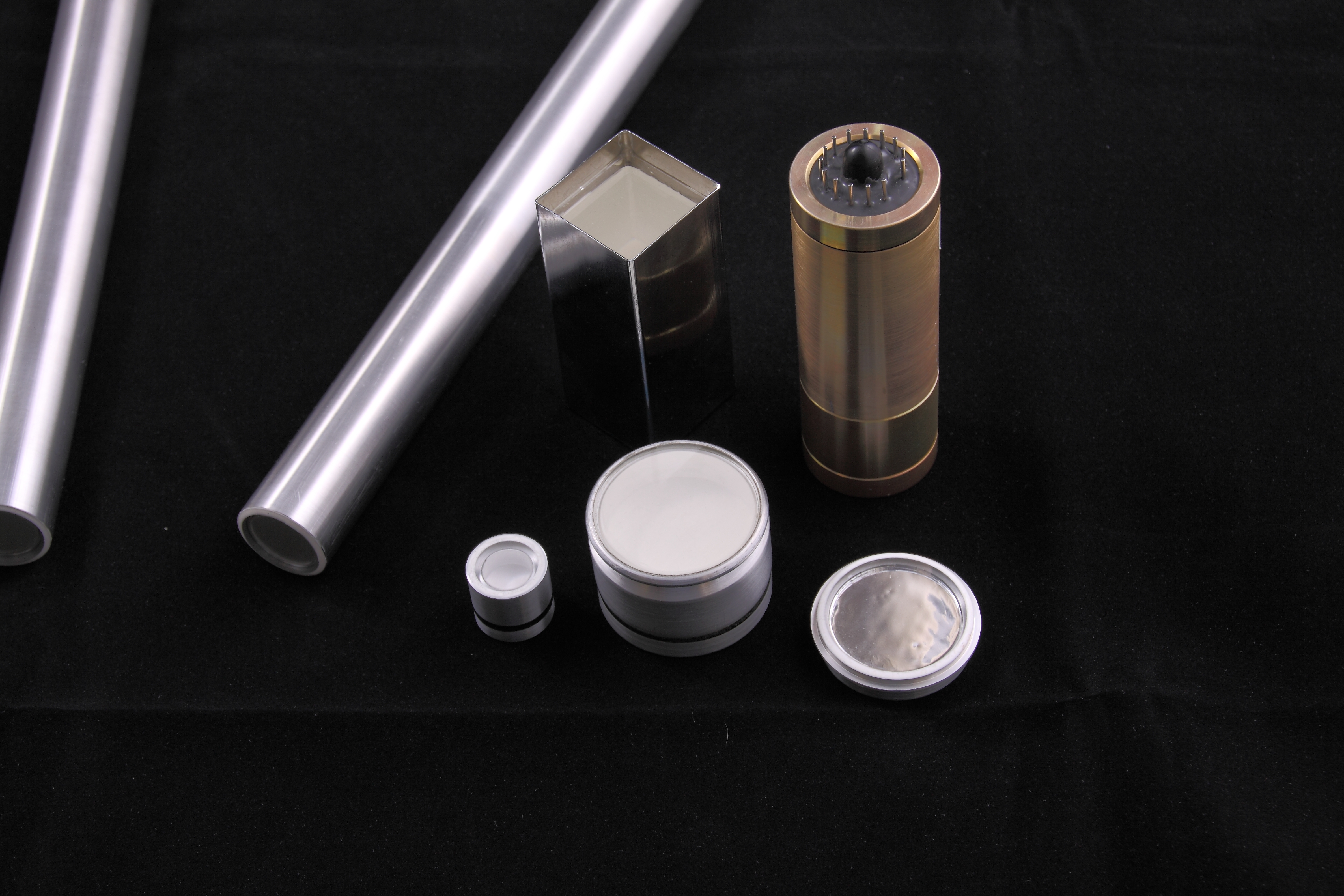
Sodium Iodide
NaI
The material is hydroscopic and emits at short wavelengths. Finds applications in research areas such as Dark Matter as it can be produced very radiopure.
Download PDF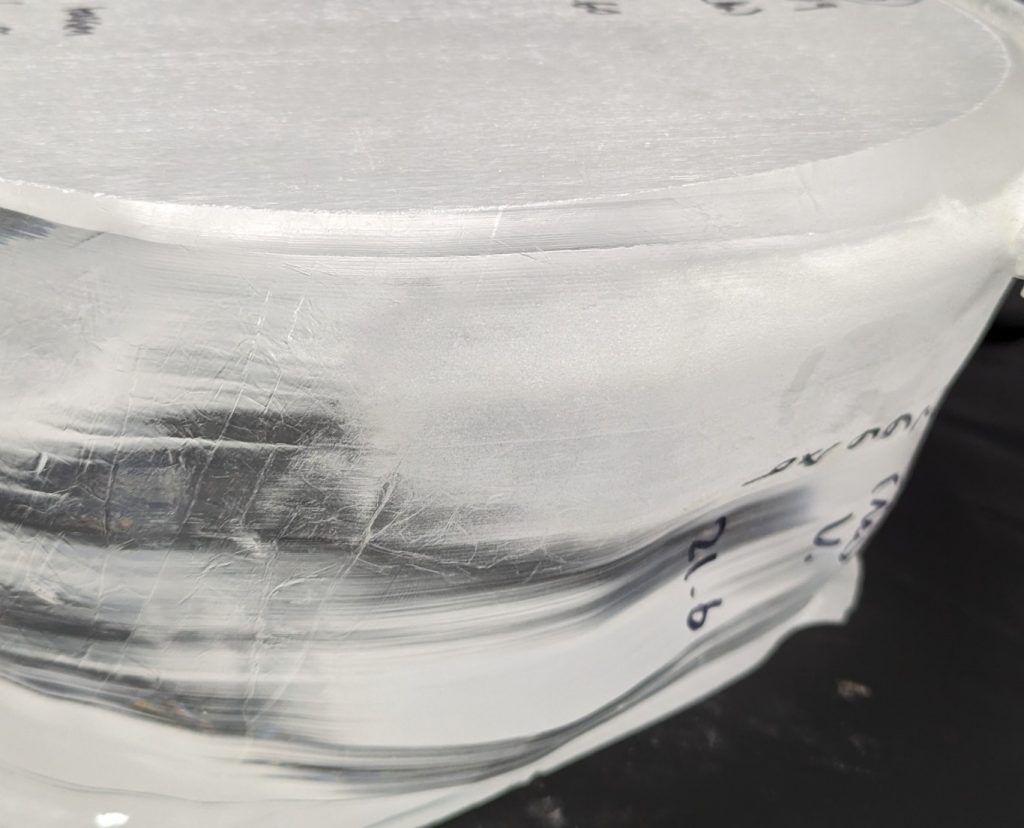
Sodium-doped Caesium Iodide
CsI(Na)
A rugged material with high light output often used for geophysical applications. Does exhibit moisture sensitive properties.
Download PDF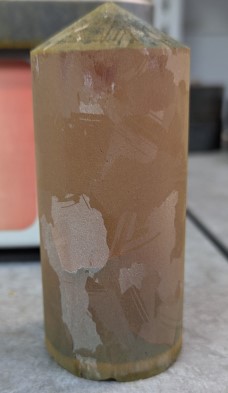

Tellurium doped Zinc Selenide
ZnSe(Te)
ZnSe(Te) is a radiation hard robust crystal scintilator offering good light output. good energy resolution and fast decay time. Typical applications include medical imaging systems and security
Download PDF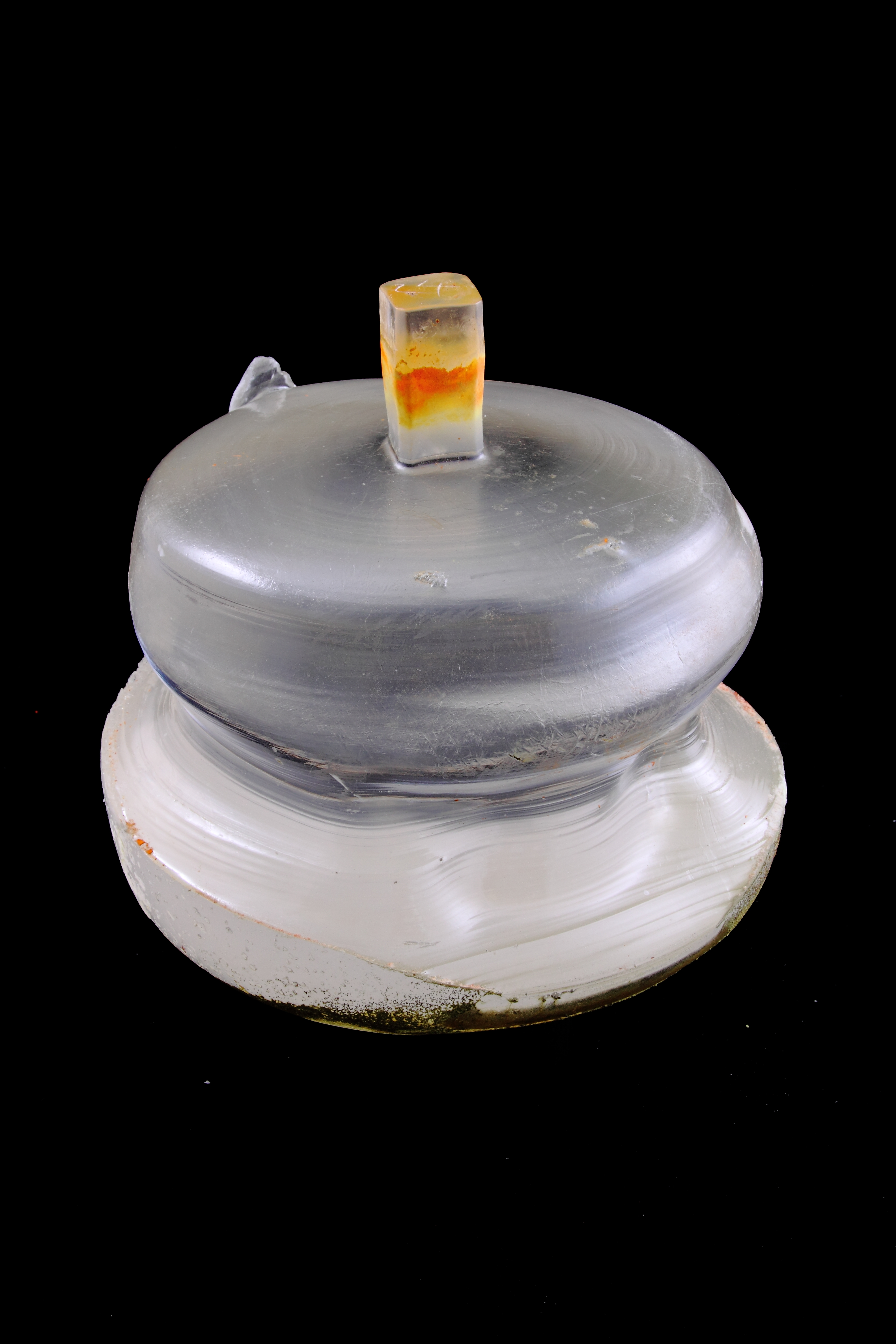

Thallium doped Caesium Iodide
CsI(Tl)
CsI(Tl) is a useful scintillator offering high light yield and emits at a wavelength suitable for silicon photomultipliers (SiPMs). Typical applications include arrays of this material used in security imaging systems, such as baggage scanners.
Download PDF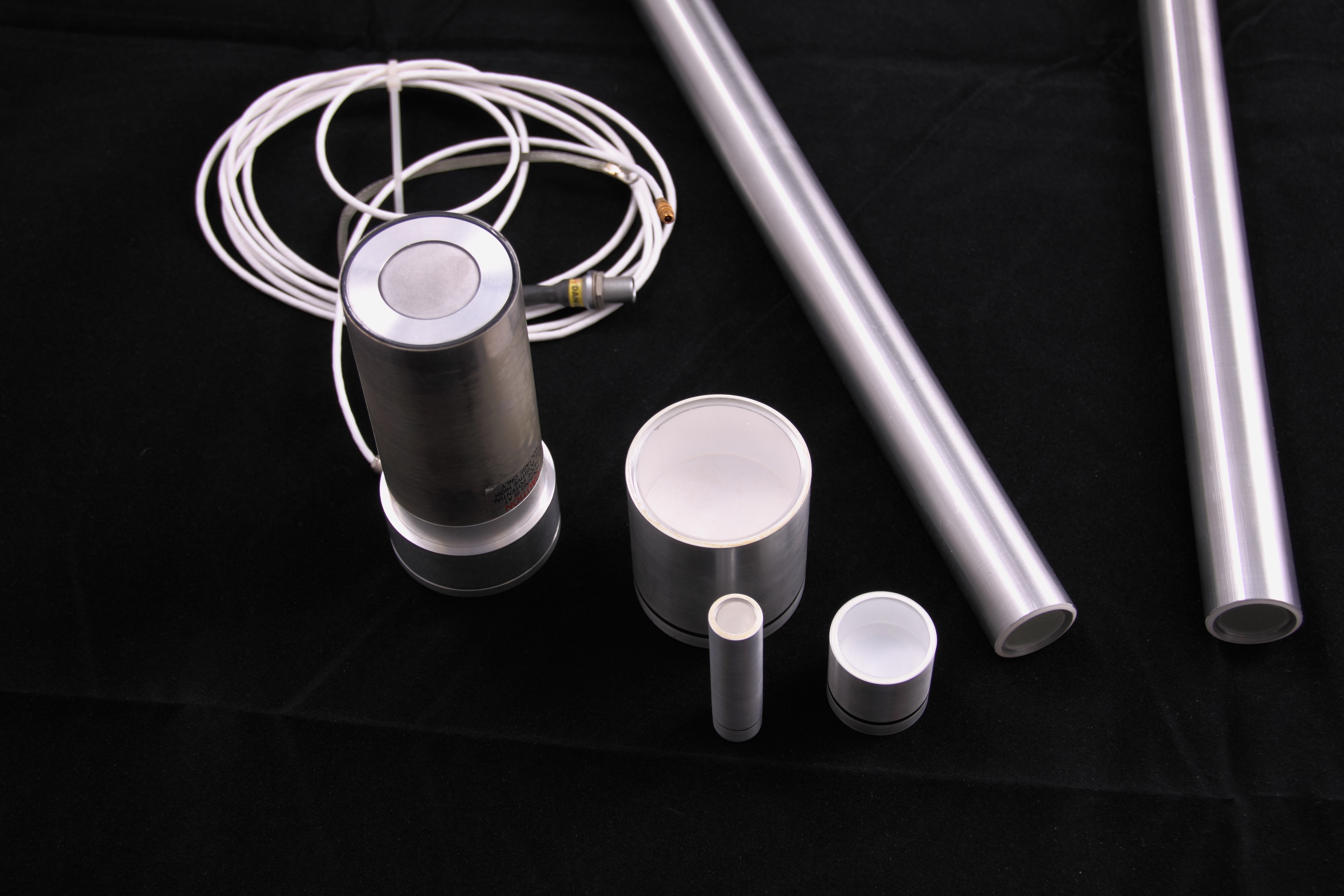

Thallium doped Sodium Iodide
NaI(Tl)
Crystals are available in a wide range of standard sizes and configurations either as separate crystals or in complete assemblies. Maximum light transfer is achieved by employing a high efficiency reflector chosen to suit the particular application for which the crystal is required. Materials used are selected to ensure low background count.
Download PDF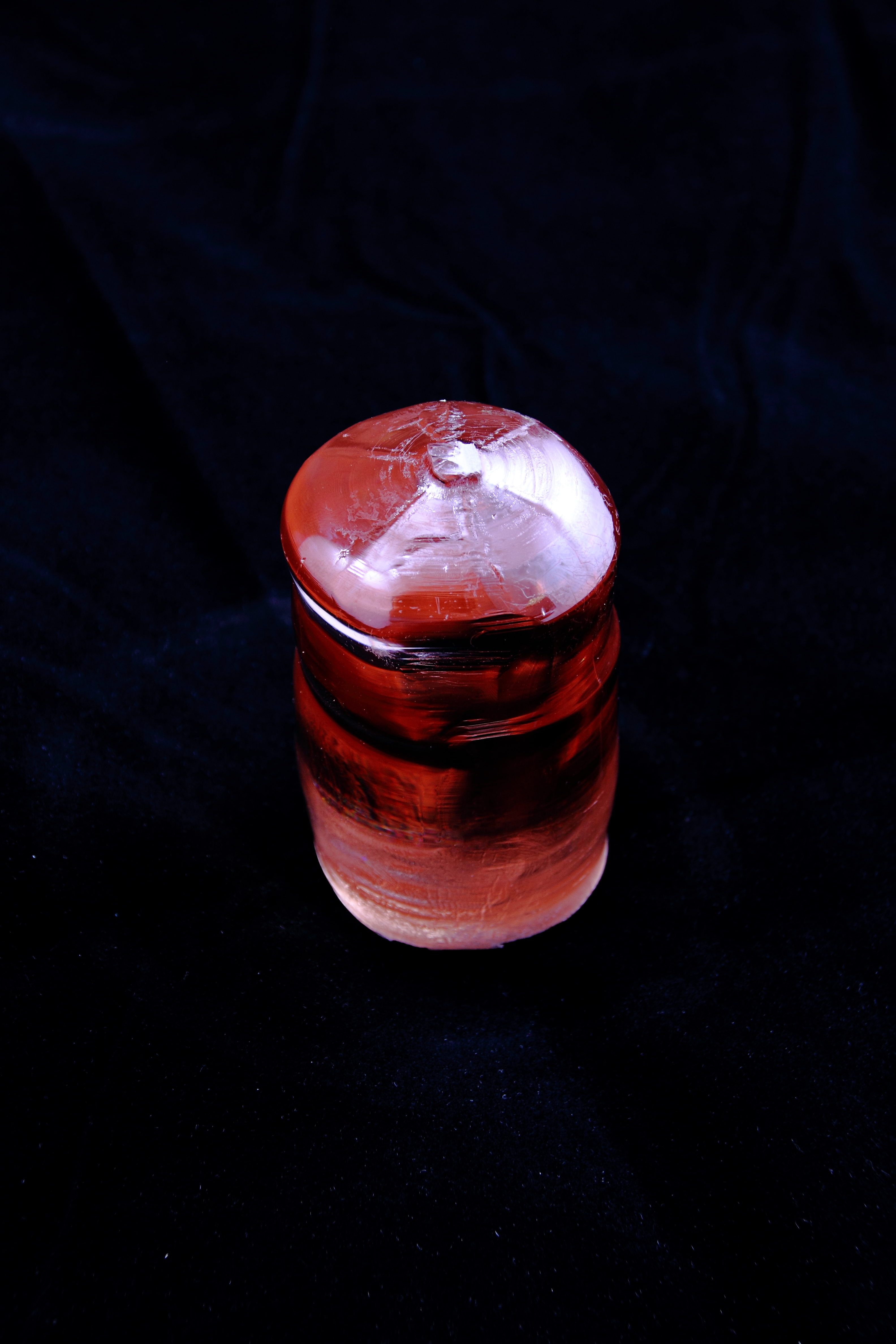

Zinc Tungstate
ZnW04
A high density crystal with good radiation resistance and low afterglow properties. Typically used for particle physics and dark matter research.
Download PDF


Caesium Iodide
CsI
The material with the deepest known IR transmission, CsI is often used for components in wide range spectrophotometers. A soft material that is rugged and shock resistant, slightly hydroscopic. Doped with thallium, CsI(Tl) is a useful scintillator.
Download PDF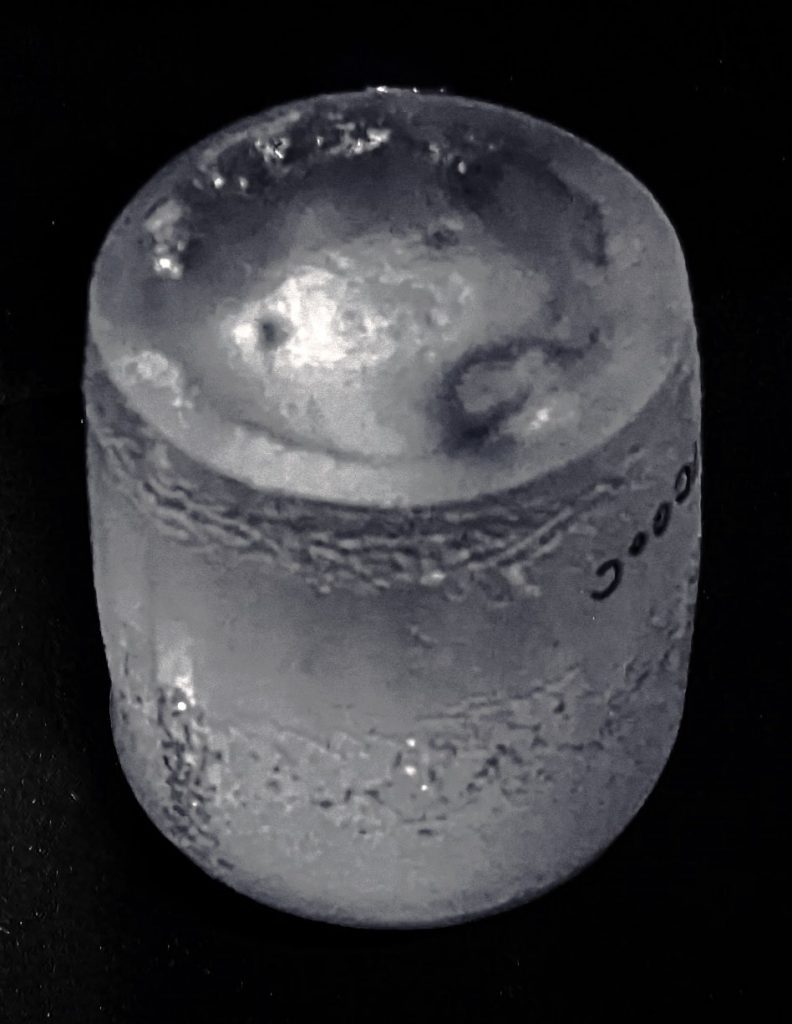

Calcium Fluoride
CaF2
Widespread IR and near UV application as spectroscopic windows, prisms and lenses. Useful application in the UV as Eximer laser windows.
Download PDF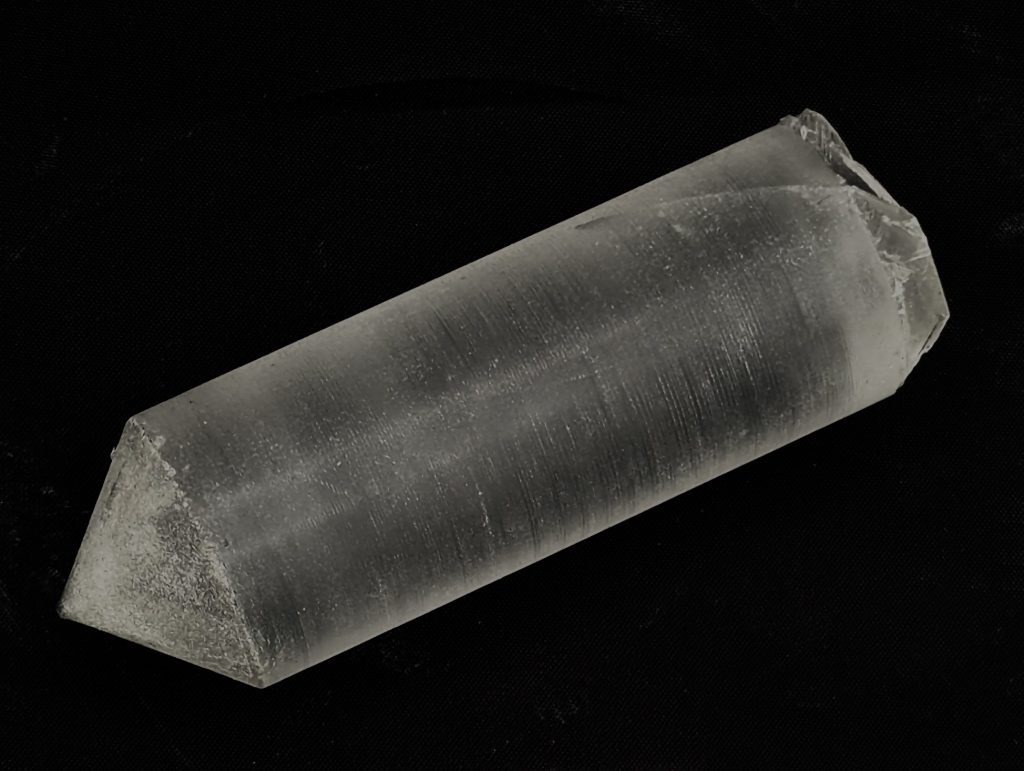

Lithium Fluoride
LiF
Lithium fluoride is used as a diffracting crystal in X-ray spectrometry. It has a large energy gap and its crystals are transparent to short wavelength ultraviolet radiation.
Download PDF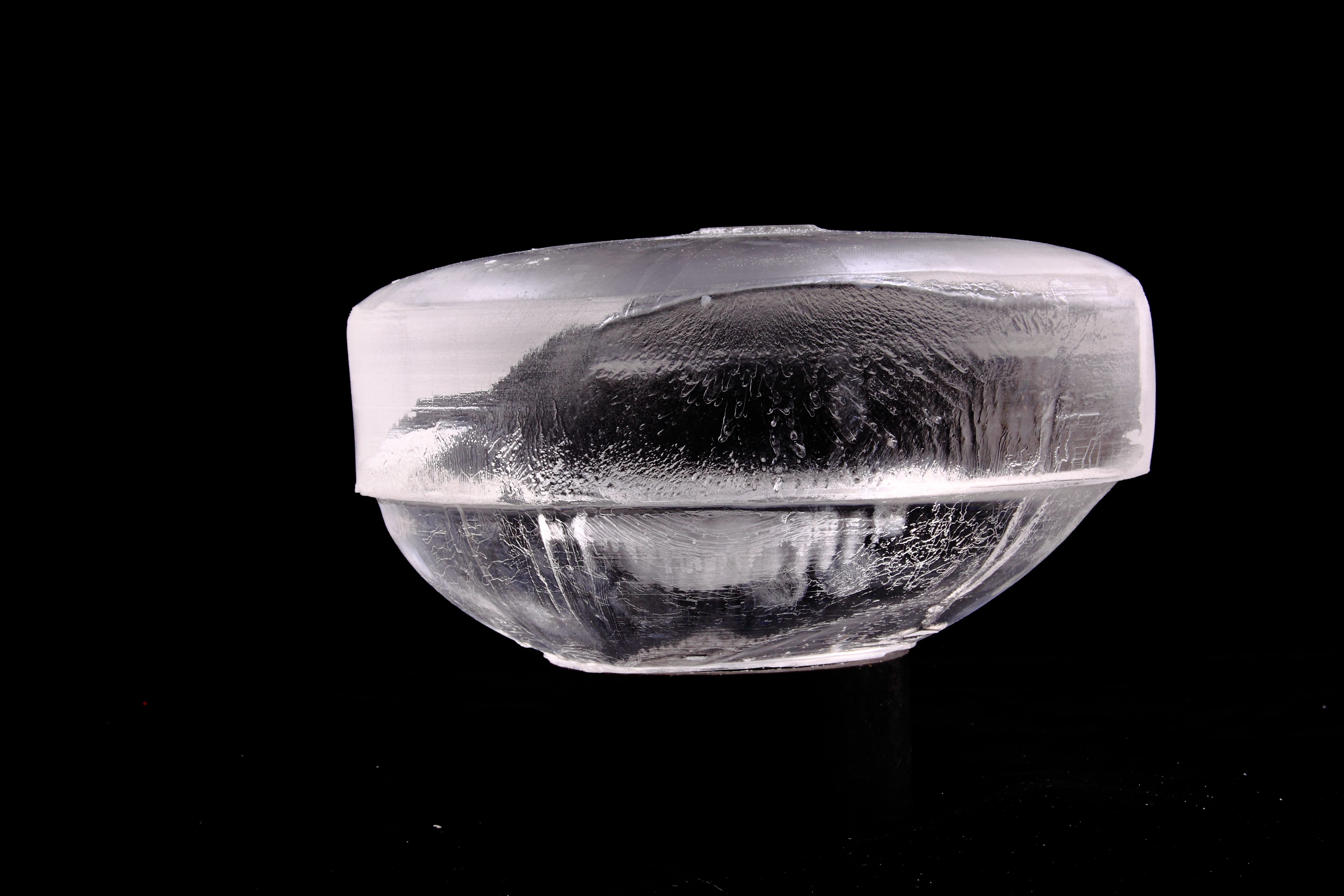

Potassium Bromide
KBr
Potassium Bromide is one of the most useful materials for general purpose spectroscopic windows and applications where sensitivity to moisture is unimportant. KBr is the most commonly used beamsplitter material for IR spectrophotometers.
Download PDF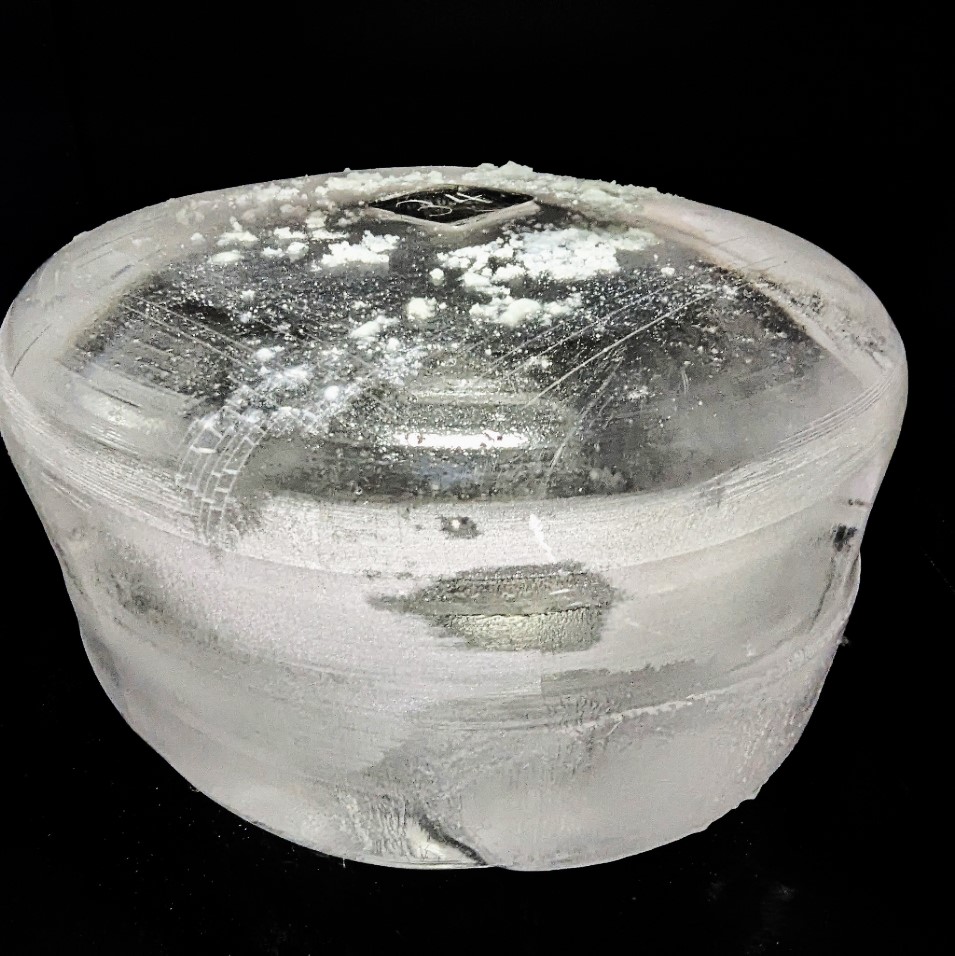

Potassium Chloride
KCl
Potassium Chloride finds application for IR laser windows due to its high laser damage threshold.
Download PDF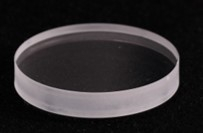

Potassium Iodide
KI
Potassium Iodide has few specific applications and is useful in very deep IR.
Download PDF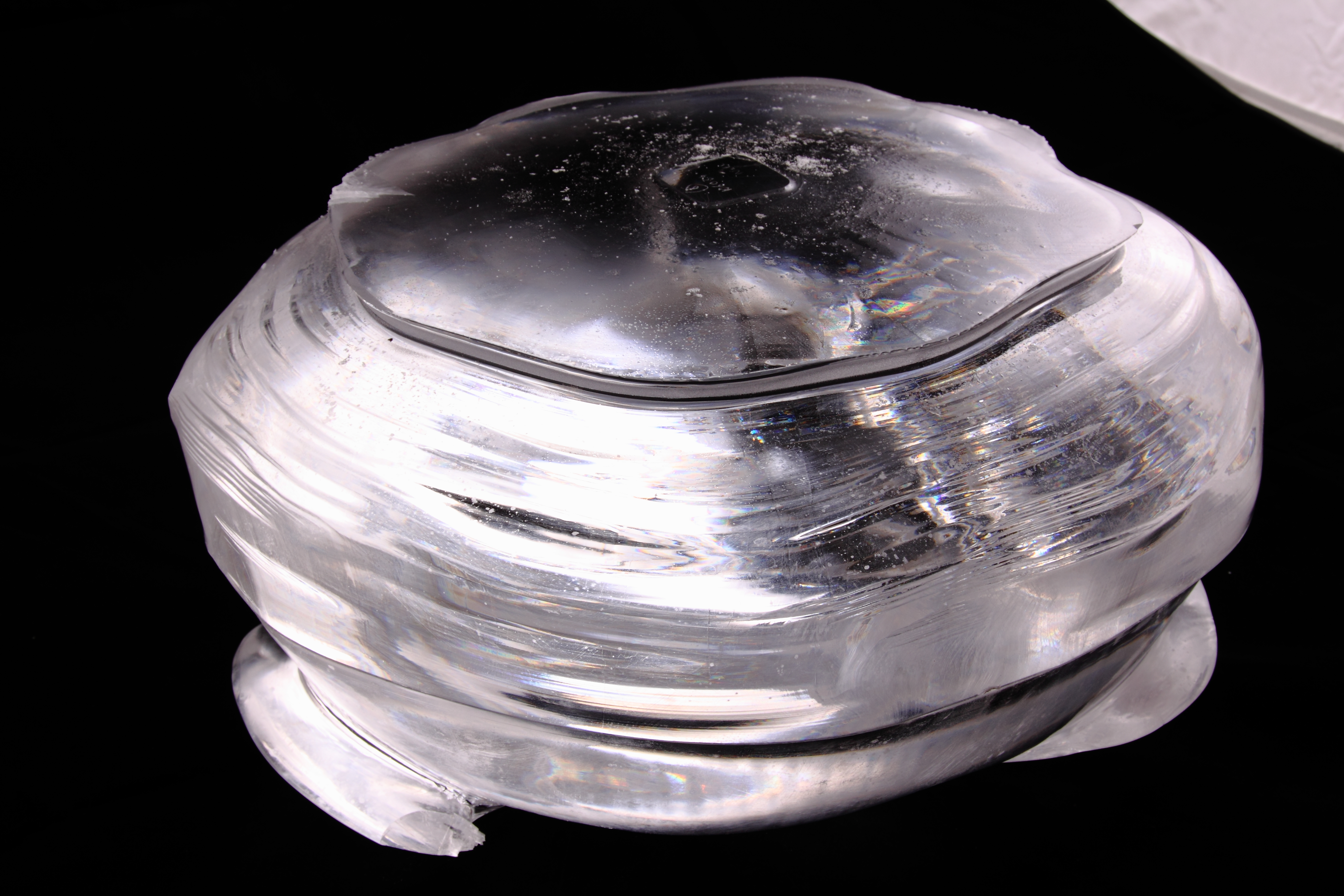

Sodium Chloride
NaCl
Sodium Chloride, common rock salt, is one of the most useful materials for general purpose spectroscopic windows and applications where sensitivity to moisture is unimportant.
Download PDF